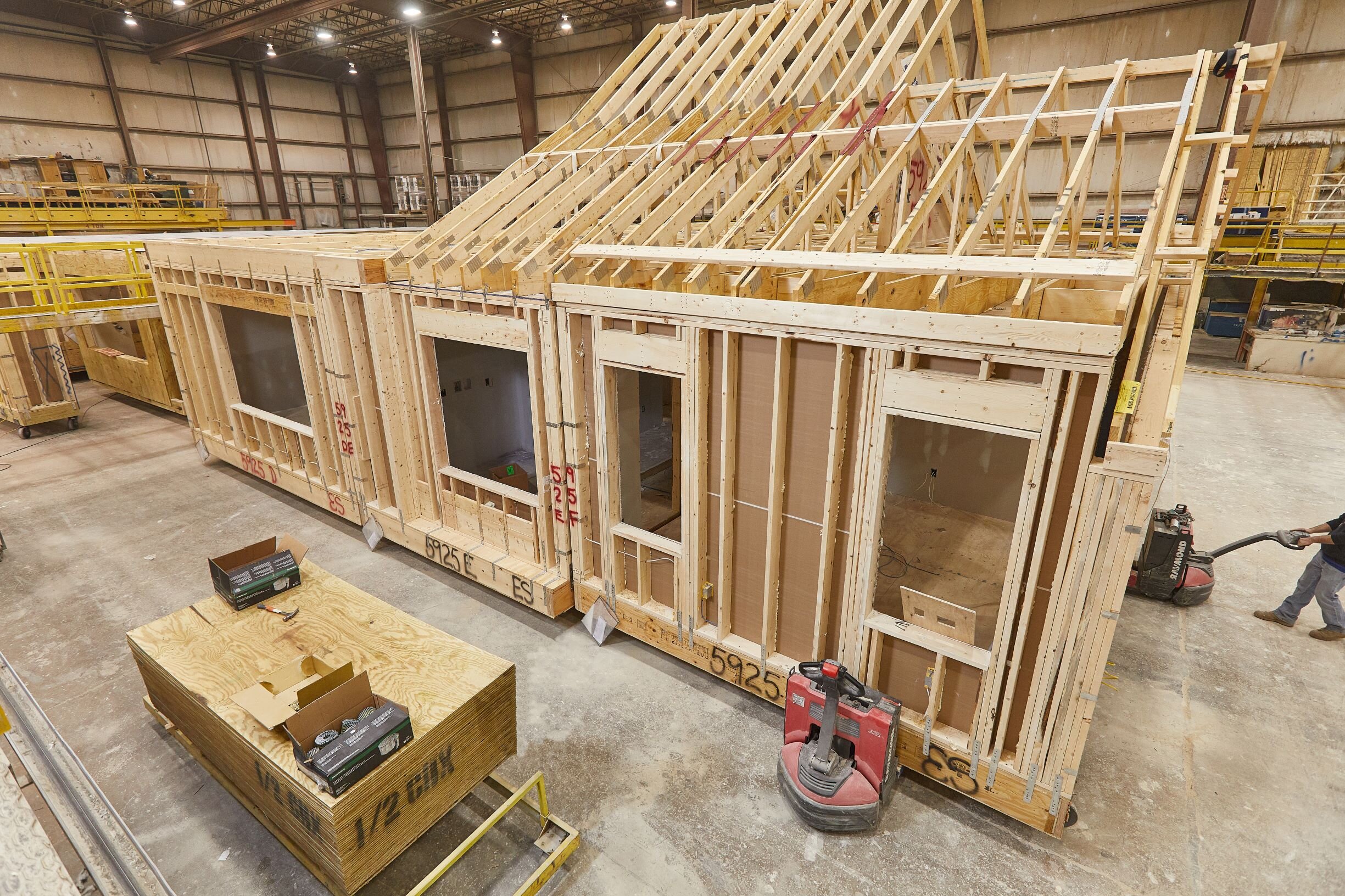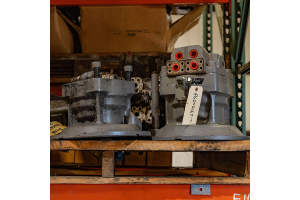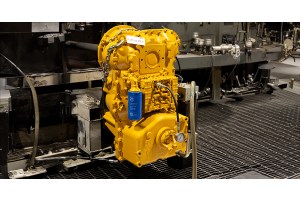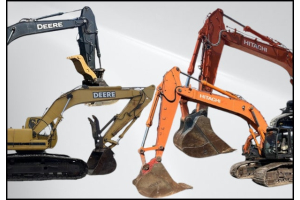
Modular constructionis becoming more popular. As more American turn to the home building alternative, areas of need and concerns are becoming more apparent.
Modular home builders, clietns, and those in between the product and final destination are in a agreement regulations and standards are needed to help the the burgoning industry.
One problem needing attention is structure dimensions in correlation with the size of highways in different states. Some homes can't be transported easily because they are too big for the roads, causing problems, hangups, and safety concerns.
“Transport sizes change from state to state. What could be relatively easy in one state, say a certain width, could be very hard to transport in another state,” said Atwi. “That’s definitely one big one because that changes your module size,” said CEO of BOXY Construction Mateo Atwi to Construction Dive.
Varying building codes are also causing problems. A home constructed in one state and shipped to another may not meet the codes, requiring the client to make modifications.
“You can’t really build the same building for both areas,” said Atwi. “Unless you over design it for one area.”
Differences from state-to-state slow down production, which ultimately adds costs to the process.
Industry officials say the need for regulations is recognized, and proposals have been submitted to implement standards though they may be a few years out yet.
The International Building Code (IBC) is expecting offsite standards to be realized by 2027 but challenges remain.
Thirty-nine states regulate offsite construction. The remaining states don’t have programs, leaving it up to local jurisdictions to decide how to apply existing codes.
Getting states to all agree on a set of universal codes isn't something anyone in the modular industry is expecting to happen.
For now, modular home builders are careful to meet construction standards on a state-by-state basis, while advocating for a move towards universal policies.









